Human Presence in North America Pushed Back by Over 15,000 Years Following Groundbreaking Discovery
Researchers have stumbled upon thousands of artifacts in a cave over 9,000 feet above sea level in northern Mexico, which suggests early humans lived at the site tens of thousands of years ago.
Scientists successfully dated several items found in the cave, producing groundbreaking results that could mean ancient humans arrived in North America 15,000 years earlier than previously thought.
The First Humans in North America
Over the past century, the dating of a human presence in North America has been revised on several occasions as researchers continue to find new evidence.
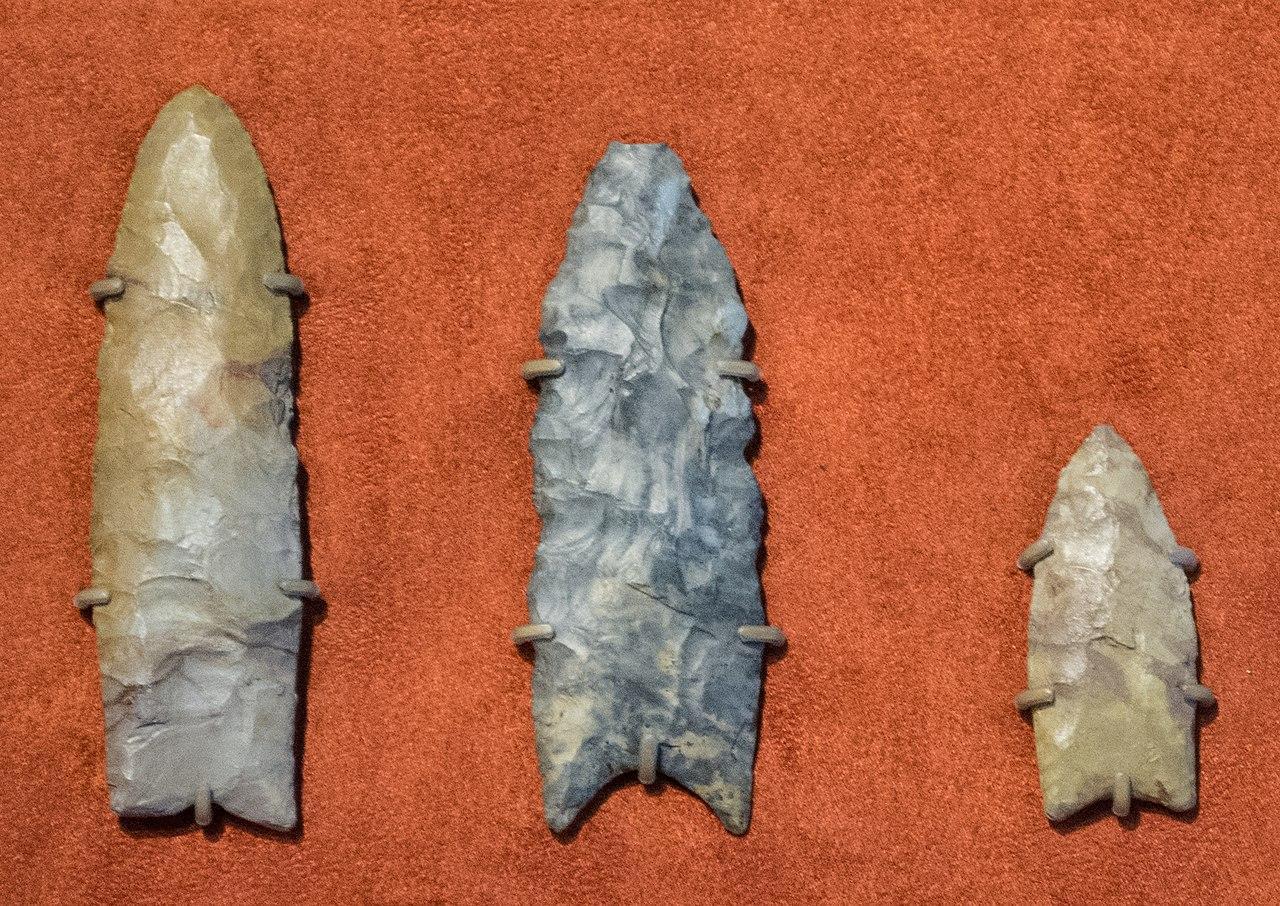
Source: Wikimedia
For a long time, archaeologists and researchers supported the Clovis First theory, which suggests humans first arrived in the Americas around 13,000 years ago. Before this period, no humans were thought to have existed in the Americas.
The Clovis First Peoples
The Clovis theory proposed that the earliest people to inhabit North America were the Clovis people, named after the city of the same name in New Mexico.
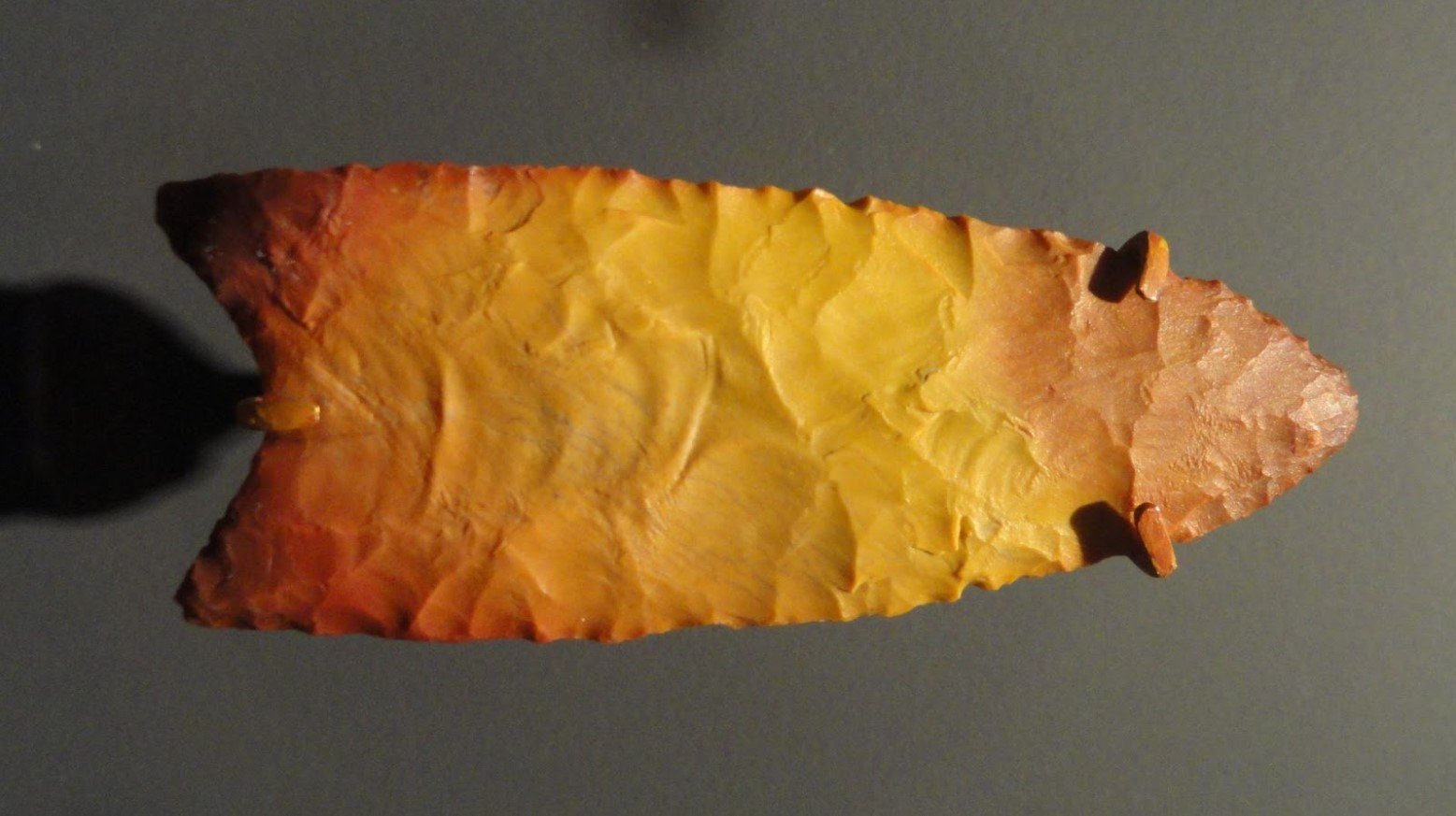
Source: Daderot/Wikimedia Commons
Based on various artifacts found in 1934, researchers believed they were the first humans to migrate to the Americas, crossing an enormous ice bridge that connected Russia to Canada.
The Dispersal of the Clovis Culture Throughout the US
Archaeologists of the 20th century believed the Clovis culture, which hunted enormous animals such as mammoths, eventually spread throughout the entirety of North America.
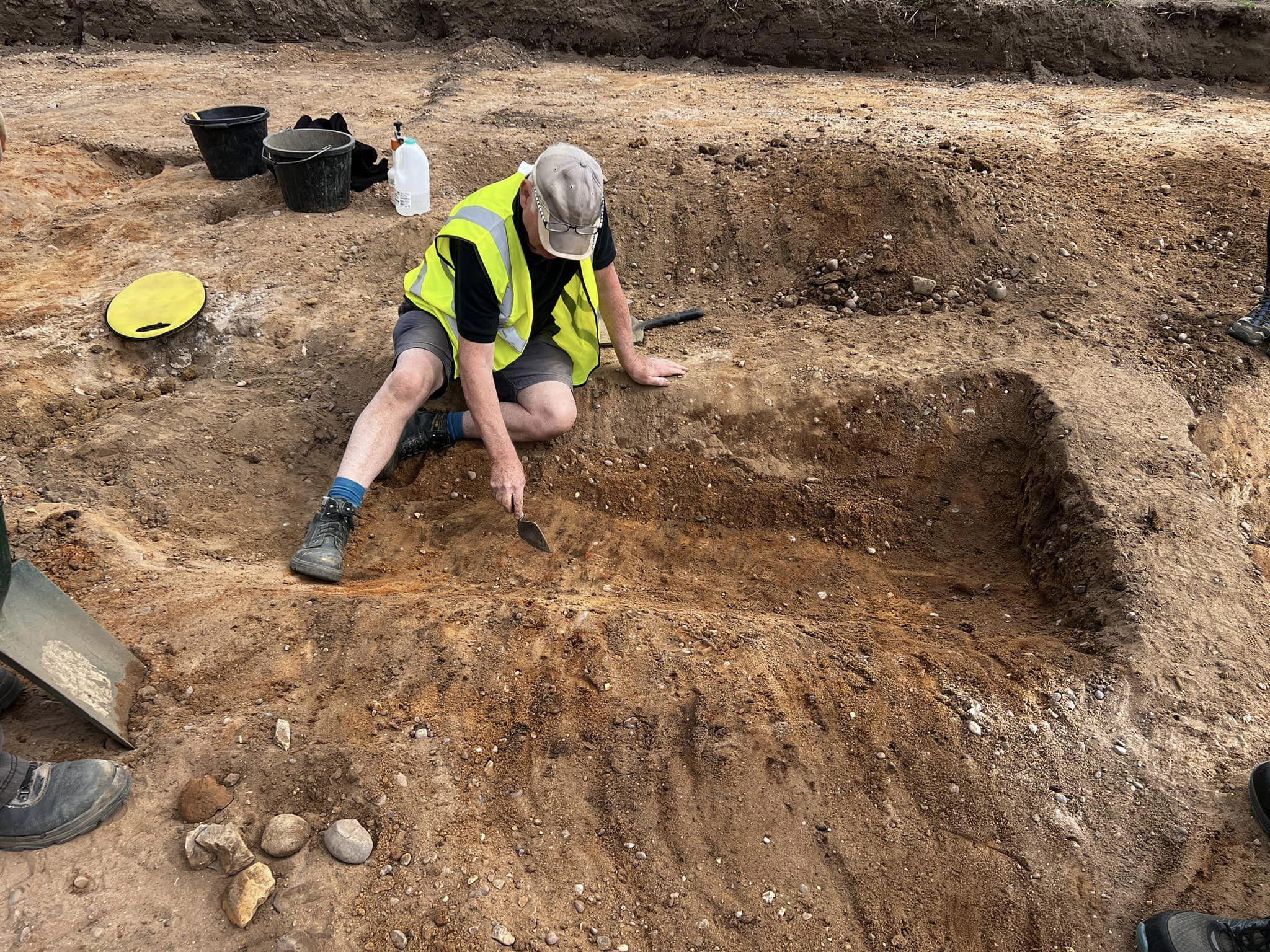
Source: Norton Disney History & Archaeology Group
This unique culture, which may have originated in Asia, is known to have made unique tools, utilized hides, and made items using wood and natural fibers.
Carbon Dating Conducted at Clovis Sites
Modern carbon dating was conducted on several items discovered at two Clovis sites in New Mexico, which tested charcoal, bone, and plant remains.

Source: Freepik
While the dates align with older testing, suggesting the Clovis culture did arrive in the Americas around 13,000 years before the present day, the consensus now is that the group was not the first to reach the continent.
Final Blow to the Clovis Theory
Despite several researchers challenging this theory throughout the 20th century, academics firmly believed that no humans had made it to the Americas before around 13,000 years ago.

Source: Freepik
However, the theory was finally dismissed in 2008 when a team of researchers led by Dr. Dennis Jenkins from the University of Oregon produced radiocarbon dating that once and for all proved that the Clovis culture was not the first to arrive in the Americas.
The Paisley Caves of Oregon
Dr. Jackson and his colleagues had been examining remains discovered in the Paisley Caves of south-central Oregon and decided to run carbon dating tests of samples found within the cave.
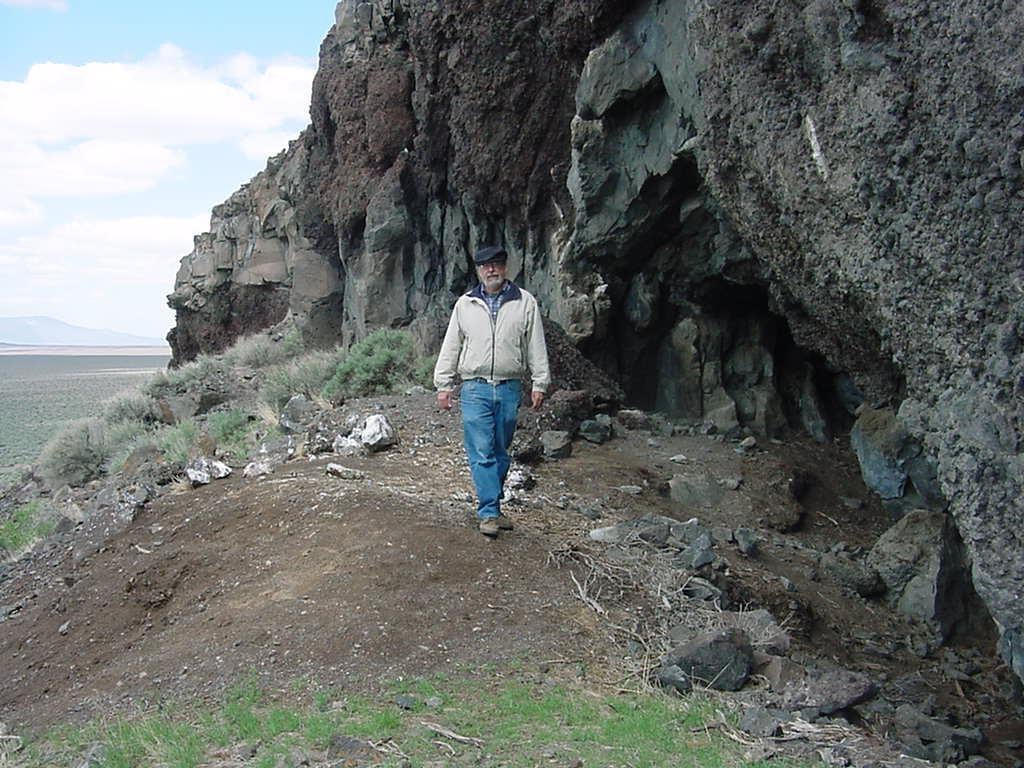
Source: Wikimedia
Once the test results returned, the researchers were shocked to learn that humans were present in Oregon around 14,340 years ago.
Humans Arrived in the Americas Much Earlier Than Initially Thought
Since Dr. Jenkins and colleagues’ groundbreaking study at the Paisley Caves in south-central Oregon, several other researchers have found evidence indicating humans arrived in the Americas much earlier than initially thought.
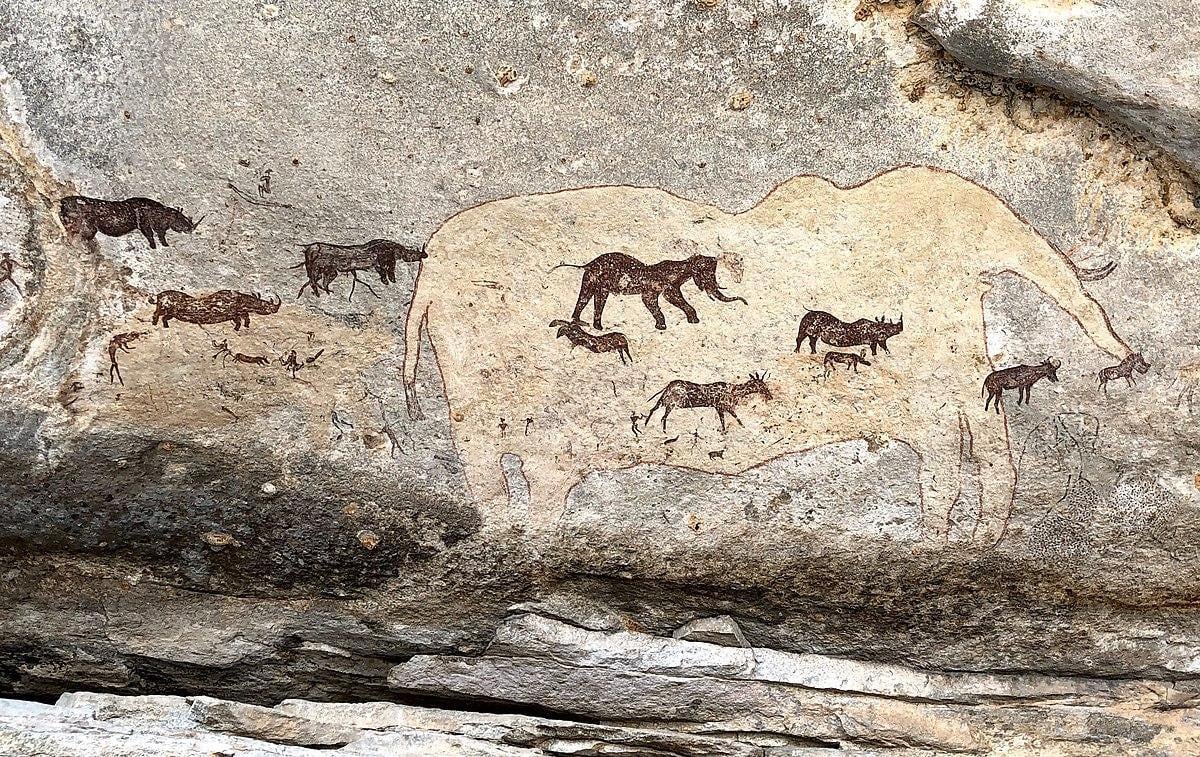
Source: Wikimedia
While some evidence suggests migrants arrived 2,000 or 5,000 years earlier than the Clovis culture, a cave in Mexico may suggest humans were present in North America over 15,000 years earlier than once.
Ancient Humans Were Present in the Americas Over 30,000 Years Ago
Archaeologists working at northern Mexico’s Chiquihuite Cave have discovered ancient tools, animal and plant remains, and a burial site dating back to more than 30,000 years.
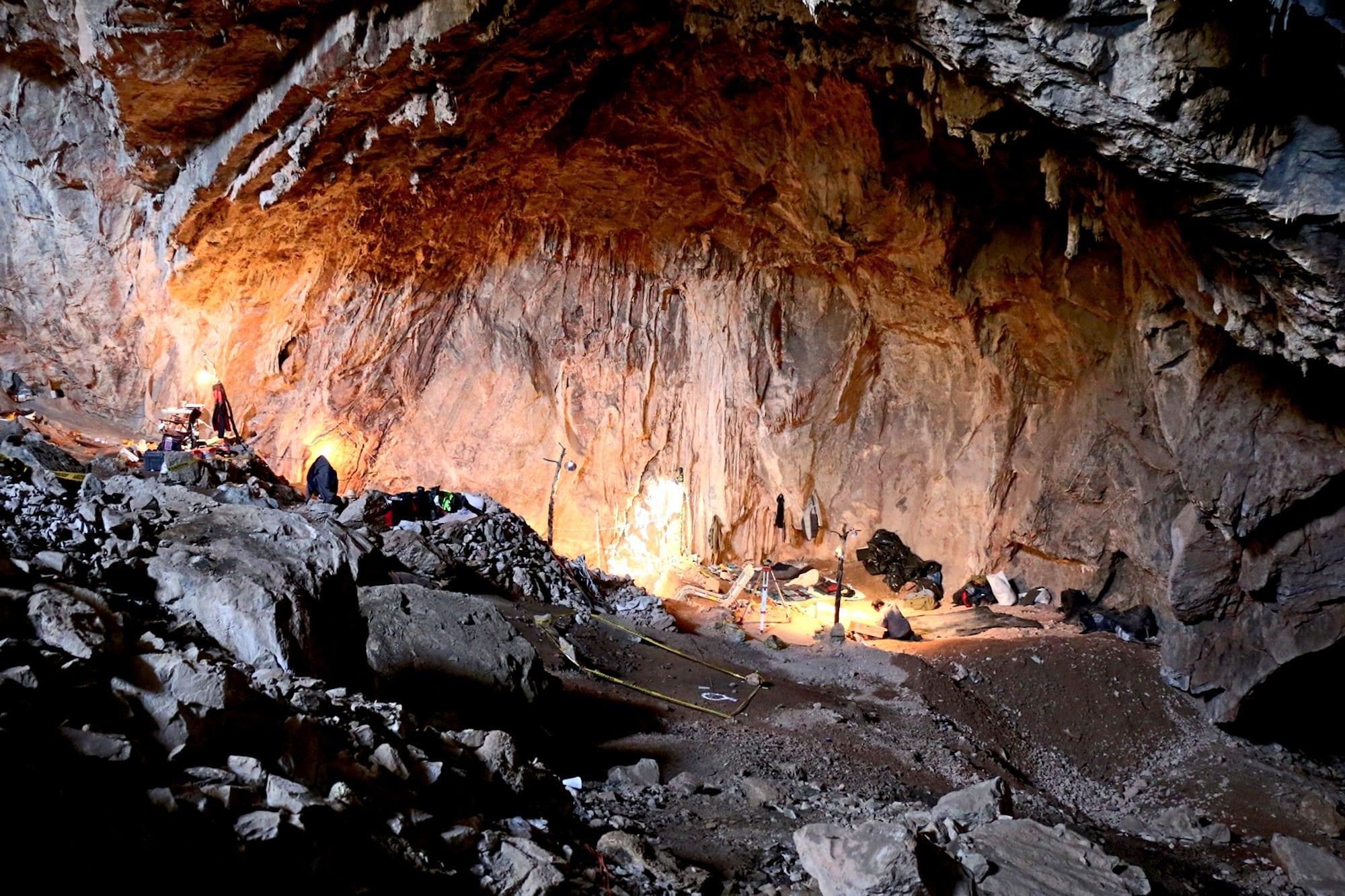
Source: Ciprian Ardelean-INAH/Texas State University
This means the people of the Chiquihuite Cave arrived in America over 15,000 years before the Clovis culture. However, researchers say there’s no sign this mysterious group remained in the gene pool, giving the impression they might have died out.
The Investigation of Chiquihuite Cave
DNA scientist Professor Eske Willerslev of St John’s College, University of Cambridge, led the study of the cave and shared his thoughts on the new discovery in a press release.
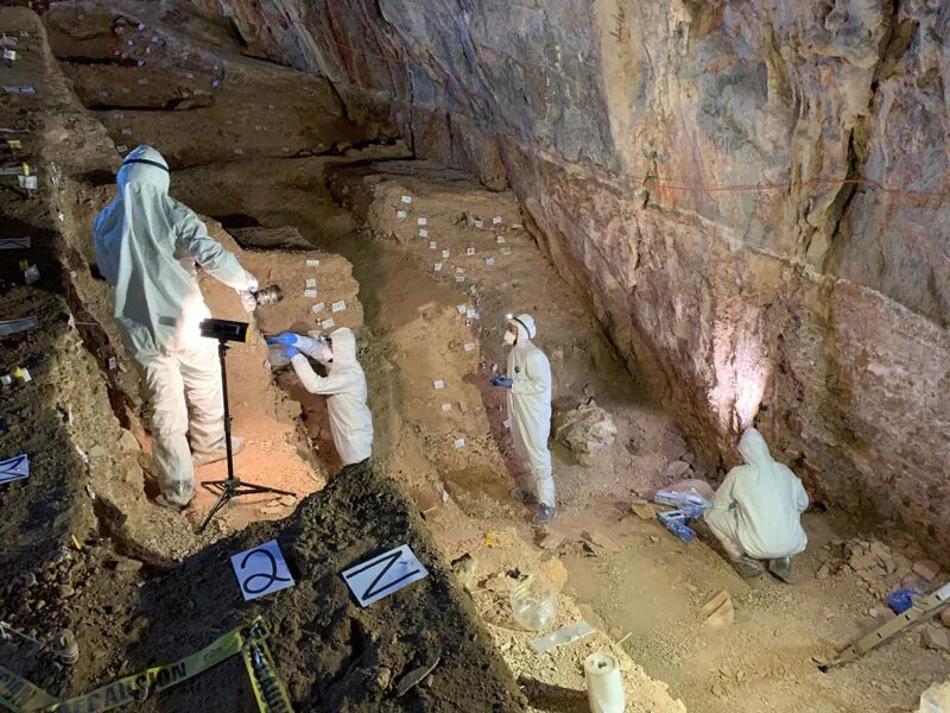
Source: Mads Thomsen
“For decades, people have passionately debated when the first humans entered the Americas. Chiquihuite Cave will create a lot more debate as it is the first site that dates the arrival of people to the continent to around 30,000 years ago, 15,000 years earlier than previously thought,” he said.
Researchers Claim Mexican Cave Has Produced More Questions Than Answers
The researchers explained that little is known about the original inhabitants of the Mexican cave, and the extensive decade-long investigation of the area has raised more questions than answers.

Source: Freepik
How long the ancient humans used the cave throughout the year is still debatable. However, the researchers are certain it was used extensively.
The Early Cave Dwellers
Regarding the function of the cave to its early inhabitants, Willserslev suggested it may have been used on a seasonable basis as a sort of Stone Age hotel.
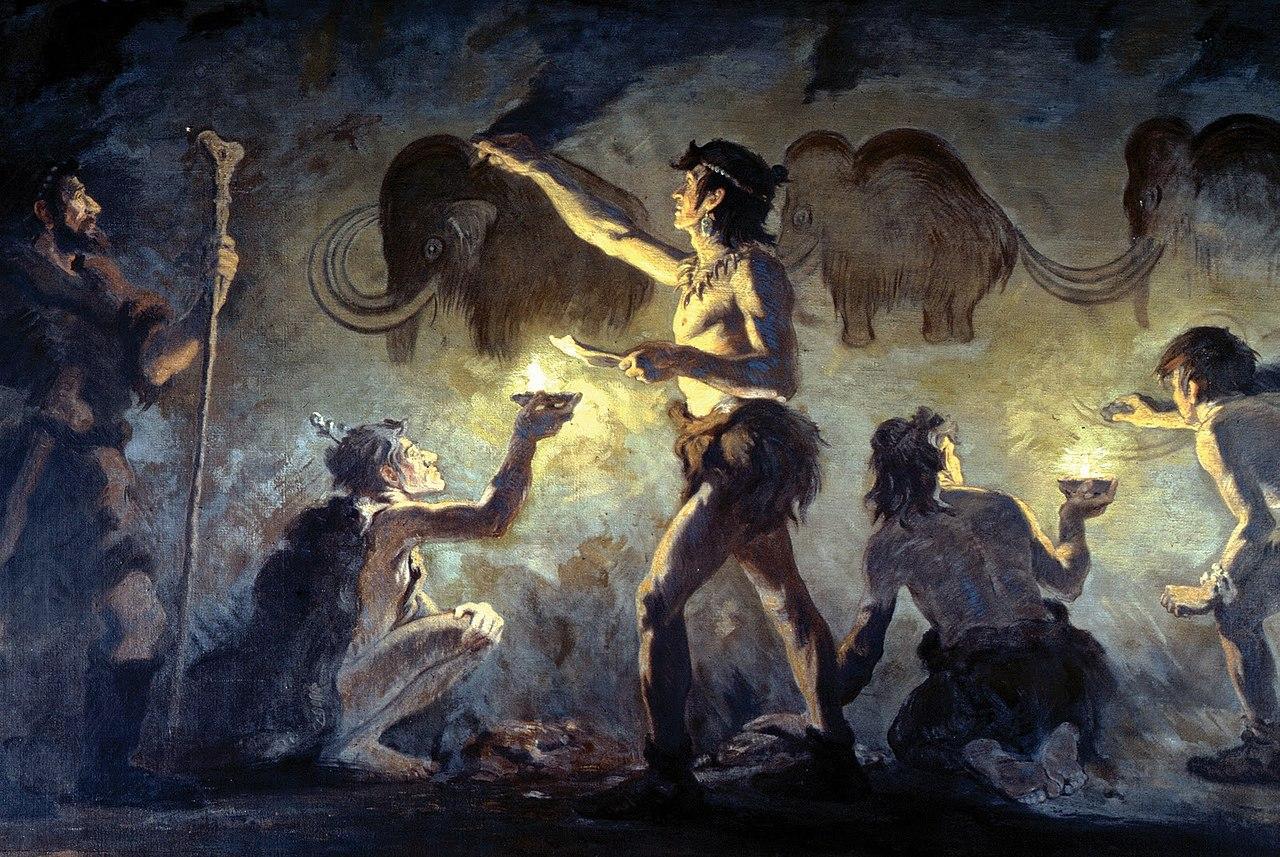
Source: Wikimedia
“These early visitors didn’t occupy the cave continuously. We think people spent part of the year there using it as a winter or summer shelter or as a base to hunt during migration. This could be the America’s oldest-ever hotel,” said Willerslev.
Stone Tools Discovered in a Cave 9,000 Feet Above Sea Level
The researchers published their findings in a study in the Journal Nature, detailing their findings, which included over 2,000 stone tools; a testament to the lengthy occupation of the site.
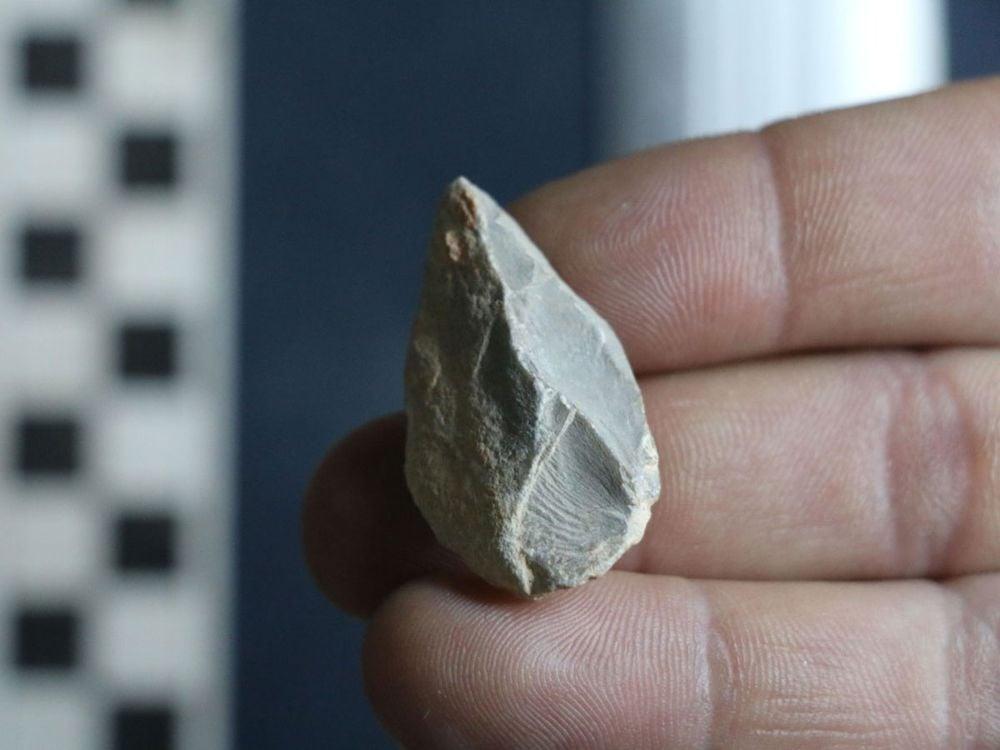
Source: Ciprian Ardelean
The cave sits at over 9,000 feet above sea level and would have been the perfect shelter for Stone Age humans.
Items Found Within the Cave
According to geneticist Mikkel Winther, the team also discovered a plethora of other items from which they could extract DNA, providing valuable insight into the ancient humans who once took shelter in the cave.
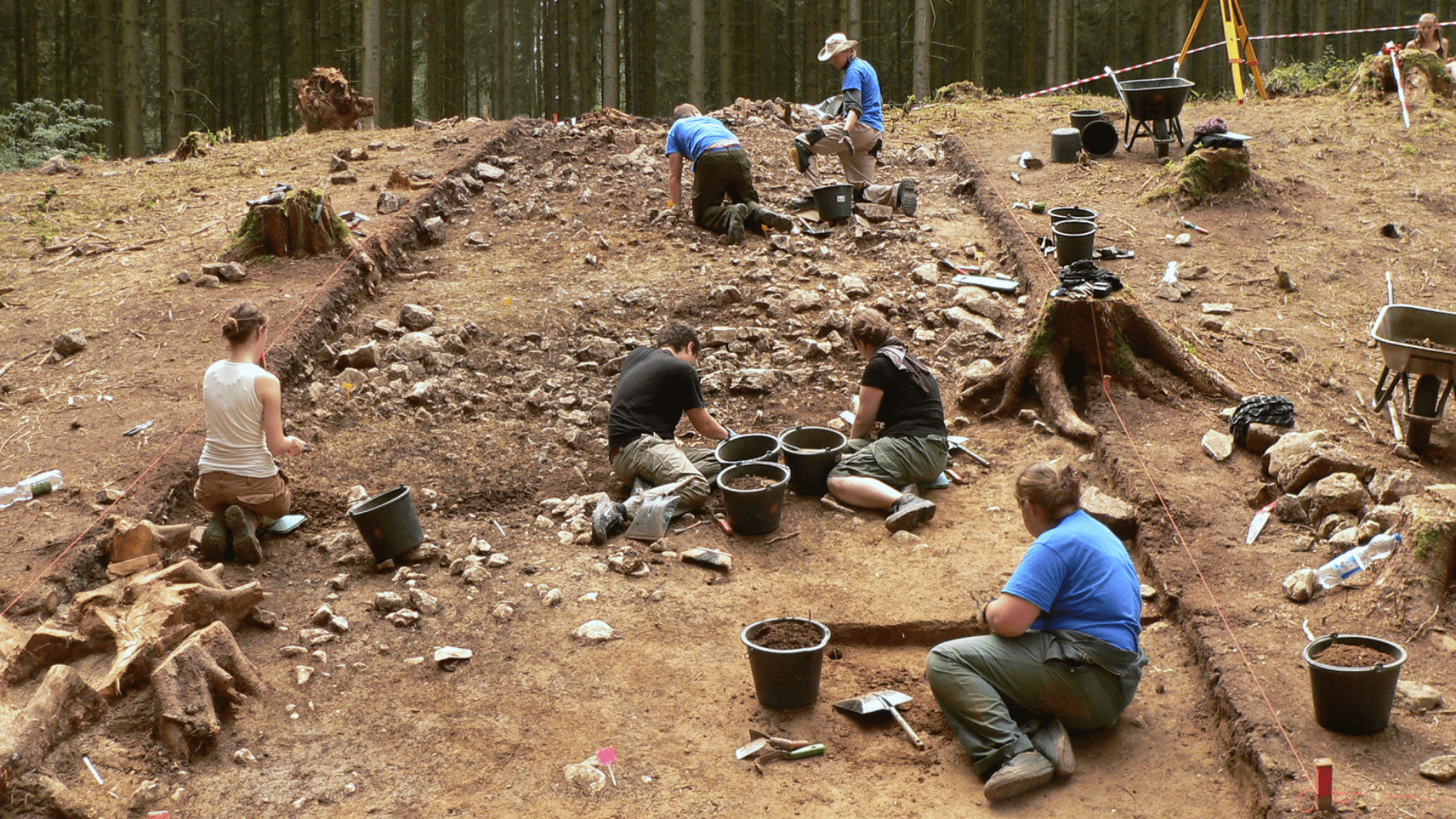
Axel Hindemith/Wikimedia Commons
The items include “a wide range of animals, including black bears, rodents, bats, voles, and even kangaroo rats.”
Ancient Humans Come to Exploit Resources
According to Dr. Pedersen, the evidence collected at the site points towards a human presence for at least a few months each year to “exploit reoccurring natural resources available to them and then move on.”
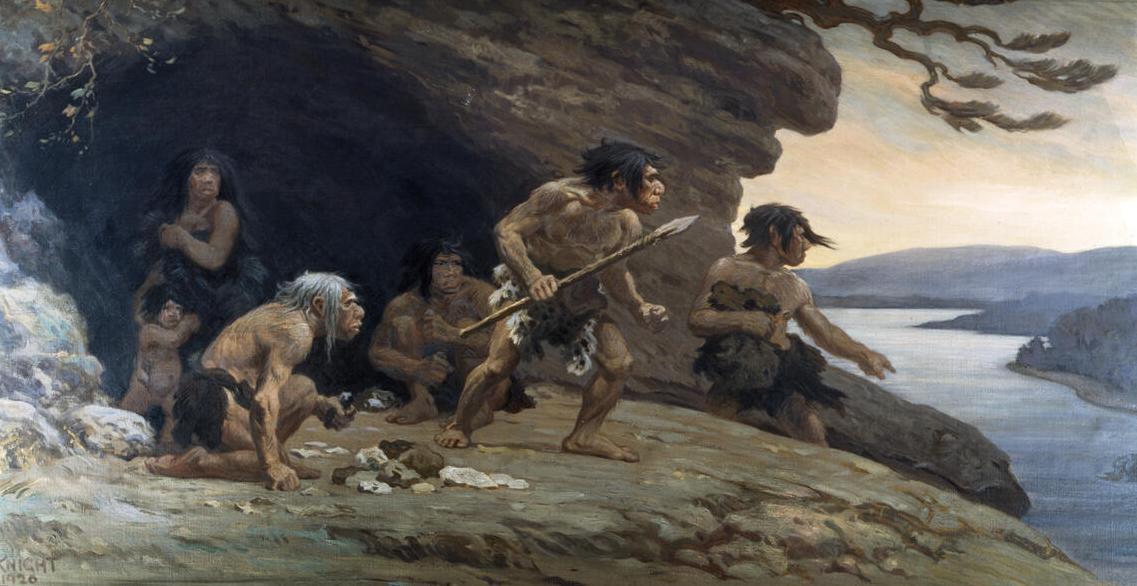
Source: Wikimedia
He added, “Probably when herds of large mammals would have been in the area and who had little experience with humans, so they would have been easy prey.”
Who Owned the Tools?
As no remains were discovered at the Chiquihuite Cave, researchers have been unable to discern who the original inhabitants were or where they came from. It has proven challenging to trace their ancestry to any known group.

Source: Wikimedia
“We don’t know who they were, where they came from, or where they went. They are a complete enigma,” said Dr. Ardelean from the University of Zacatecas in Mexico.
Are They Relatives of Modern Native Americans?
While some researchers have proposed these early humans are directly related to the modern Native Americans of the continent, others are unsure about this proposal.
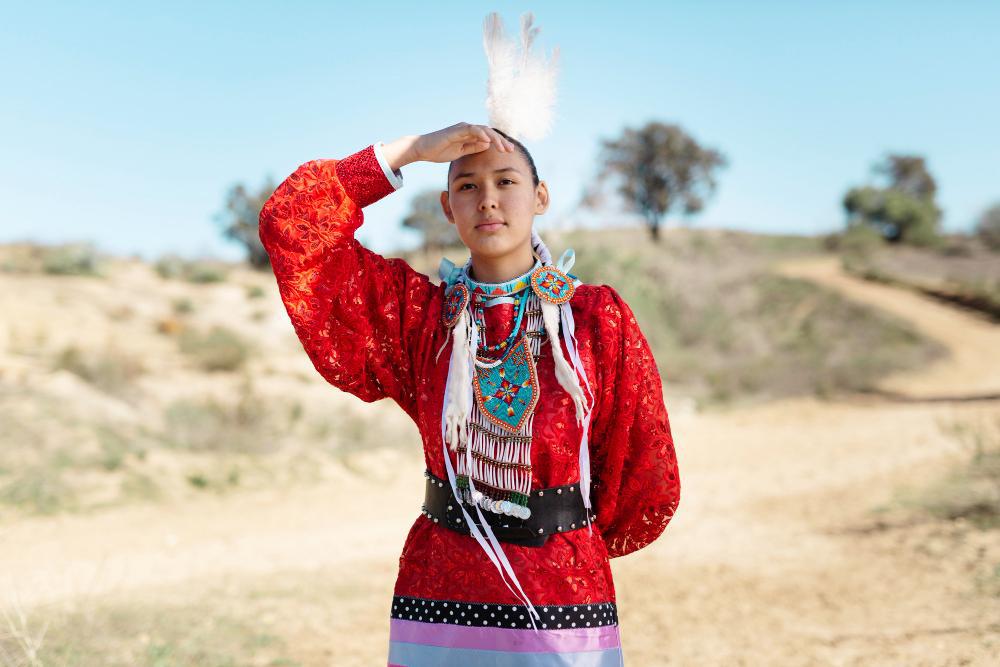
Source: Freepik
“We falsely assume that the indigenous populations in the Americas today are direct descendants of the earliest Americans, but now we do not think that is the case,” added Dr. Ardelean.
The Disappearance of the Paisley Caves Group
According to the new study, the older group from Paisley Caves had already disappeared by the time the Clovis culture arrived in the Americas.
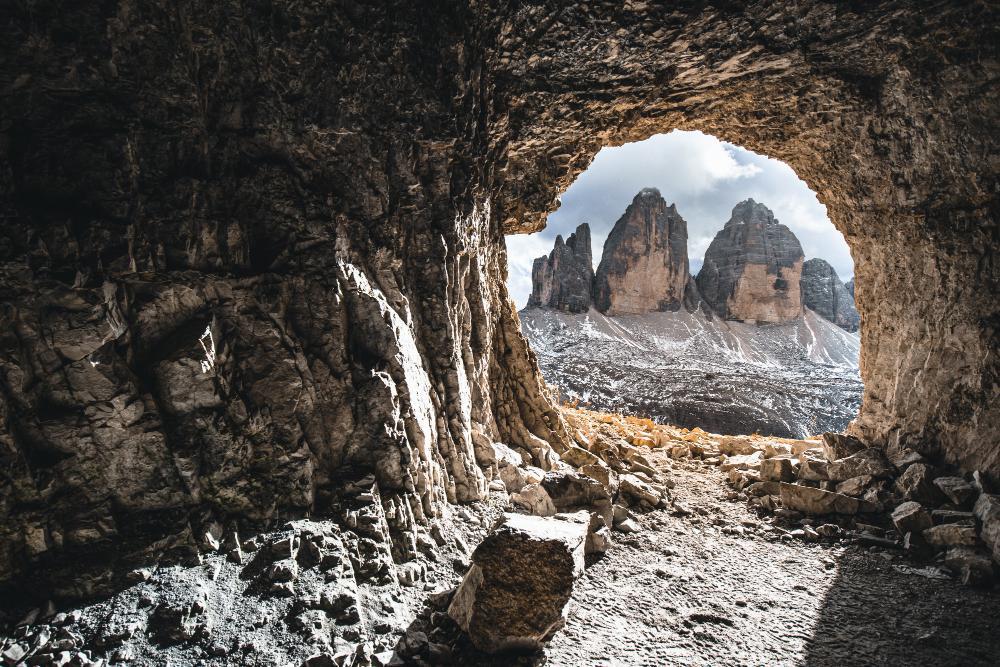
Source: Wikimedia
“By the time the famous Clovis population entered America, the very early Americans had disappeared thousands of years before. There could have been many failed colonisations that were lost in time and did not leave genetic traces in the population today,” said Dr. Ardelean.
The Last Holy Grail of Archaeology in the Americas
According to Dr. Ardelean, unconventional sites such as the Chiquihuite Cave need to be taken seriously and properly explored as it could help modern archaeologists and anthropologists better understand the history of the ancient humans who once lived across the continent.
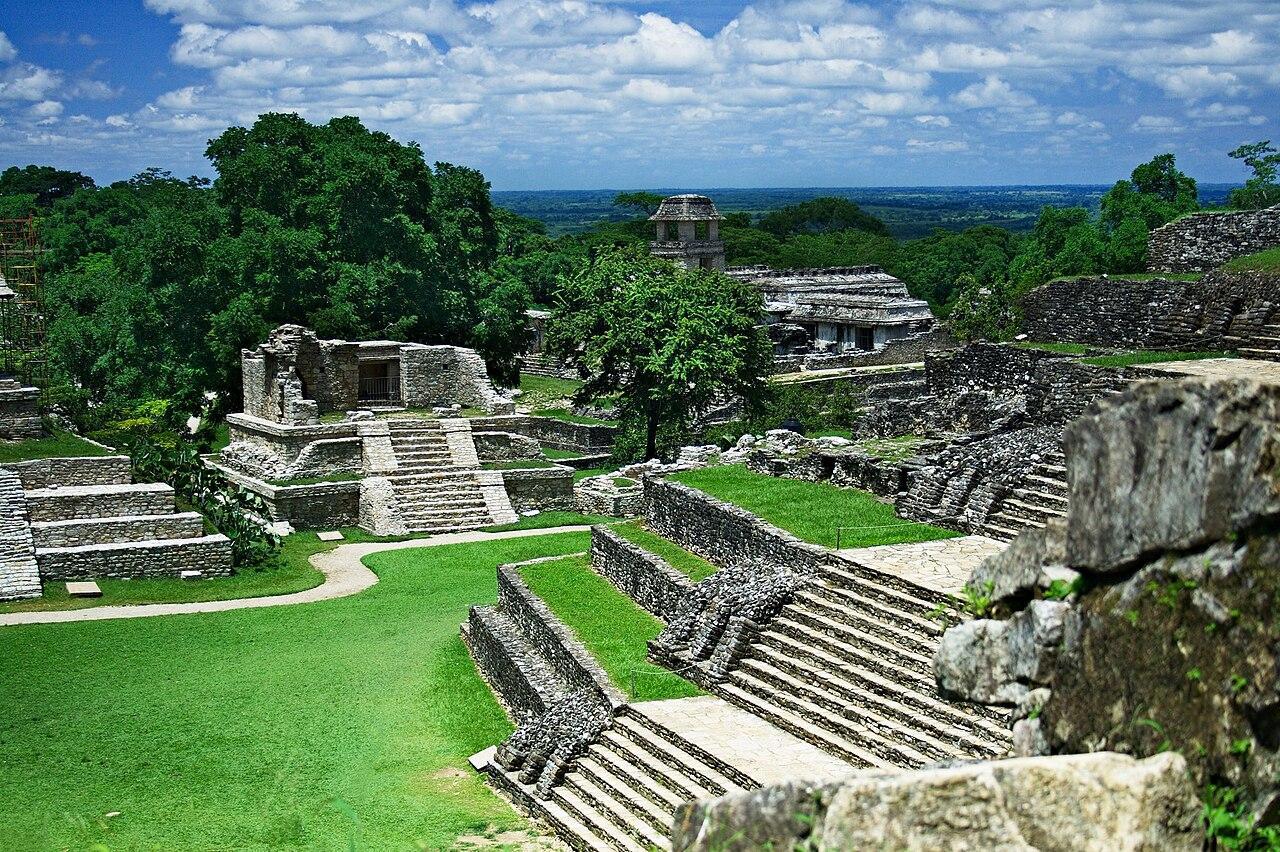
Source: Wikimedia
“The peopling of the Americas is the last holy grail in modern archaeology,” he added.
More Work to Do
Despite the fascinating nature of the discovery, Dr. Ardelean readily admits more work needs to be done.
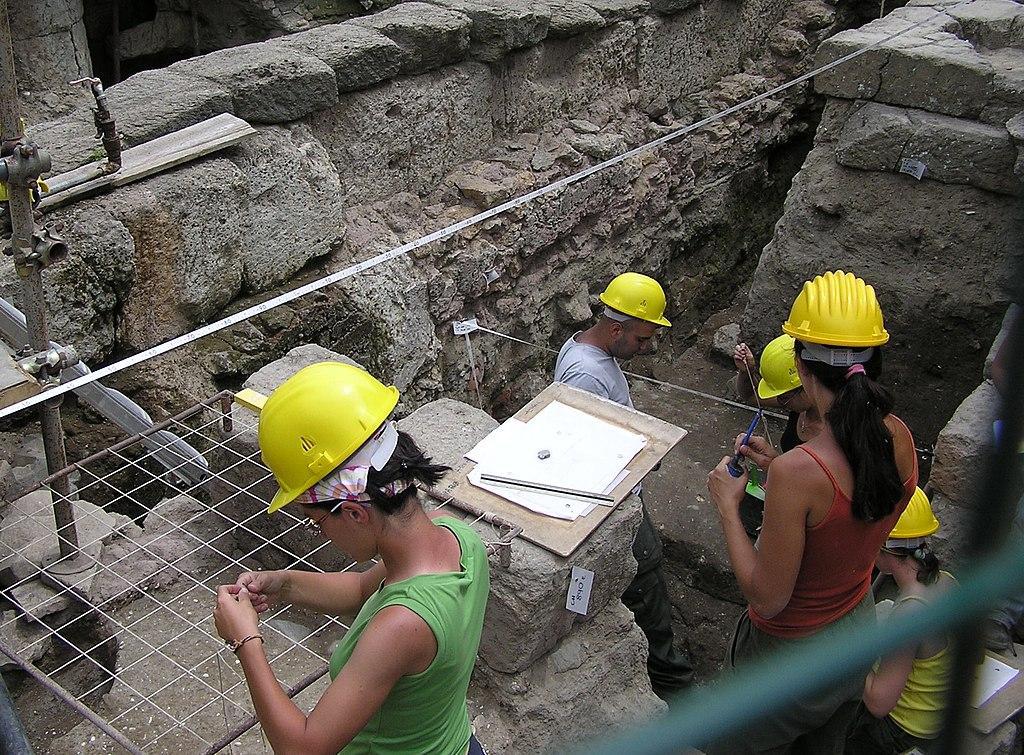
Source: Wikimedia
“This site doesn’t solve anything, it just shows that these early sites exist. We are dealing with a handful of humans from thousands of years ago so we cannot expect the signals to be very clear. We have literally dug deeper than anyone has done in the past,” he added.
The Explosion of Population in the Americas
Despite the discovery that pushes the presence of humans in the Americas back over 15,000 years before the Clovis culture, the earliest genetic evidence is still only around 12,400 years old, explains Dr. Ardelean.
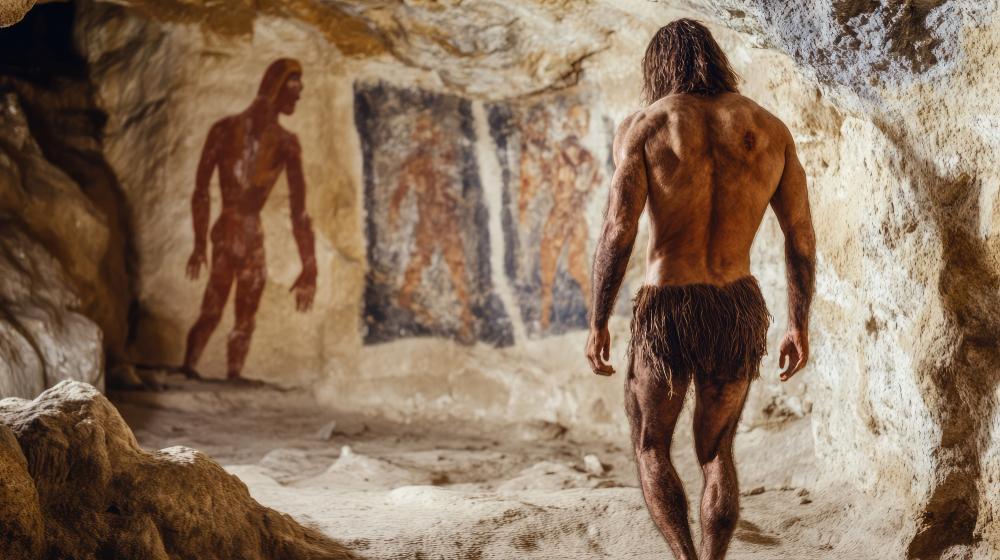
Source: Freepik
He added, “We have shown the previously long-held date of human presence is not the oldest date for populating the Americas; it is the explosion date of populating the Americas.”
The Implications of a Human Presence at Chiquihuite Cave
Dr. Pedersen proposes the discovery of a human presence at the Chiquihuite Cave should inspire archaeologists to broaden their horizons so far as the earliest inhabitants of America are concerned.
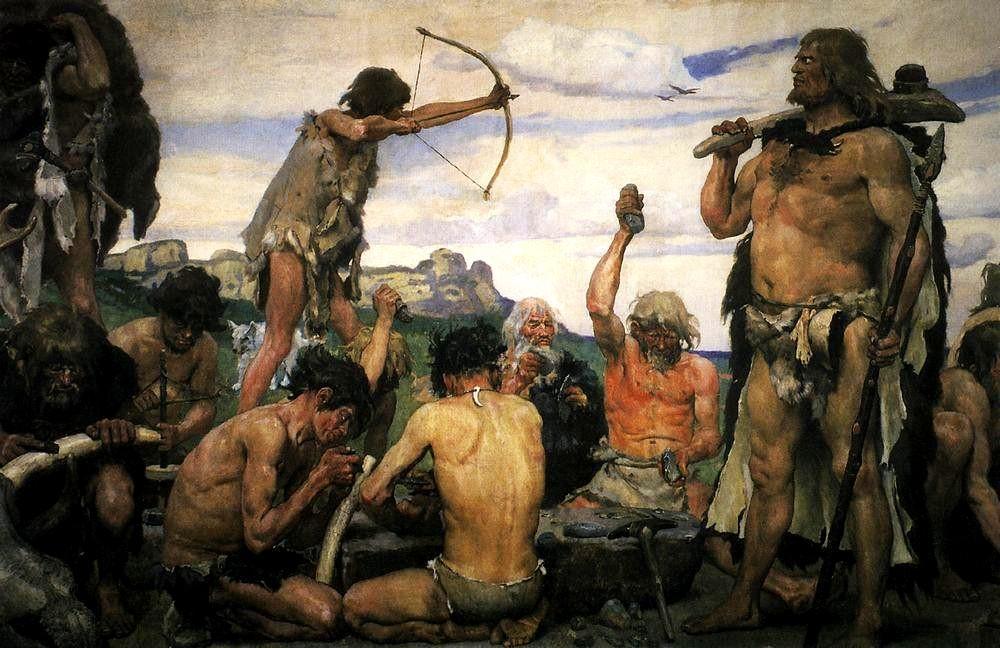
Source: Wikimedia
The location of Chiquihuite Cave definitely rewrites what has conventionally been taught in history and archaeology and shows that we need to rethink where we look for sites of the earliest people in the Americas,” he said.
Getting Closer to the Origin of the Earliest Americans
Studies such as those conducted at the site in Mexico provide researchers with valuable insight into some of the earliest groups to call North America their home.
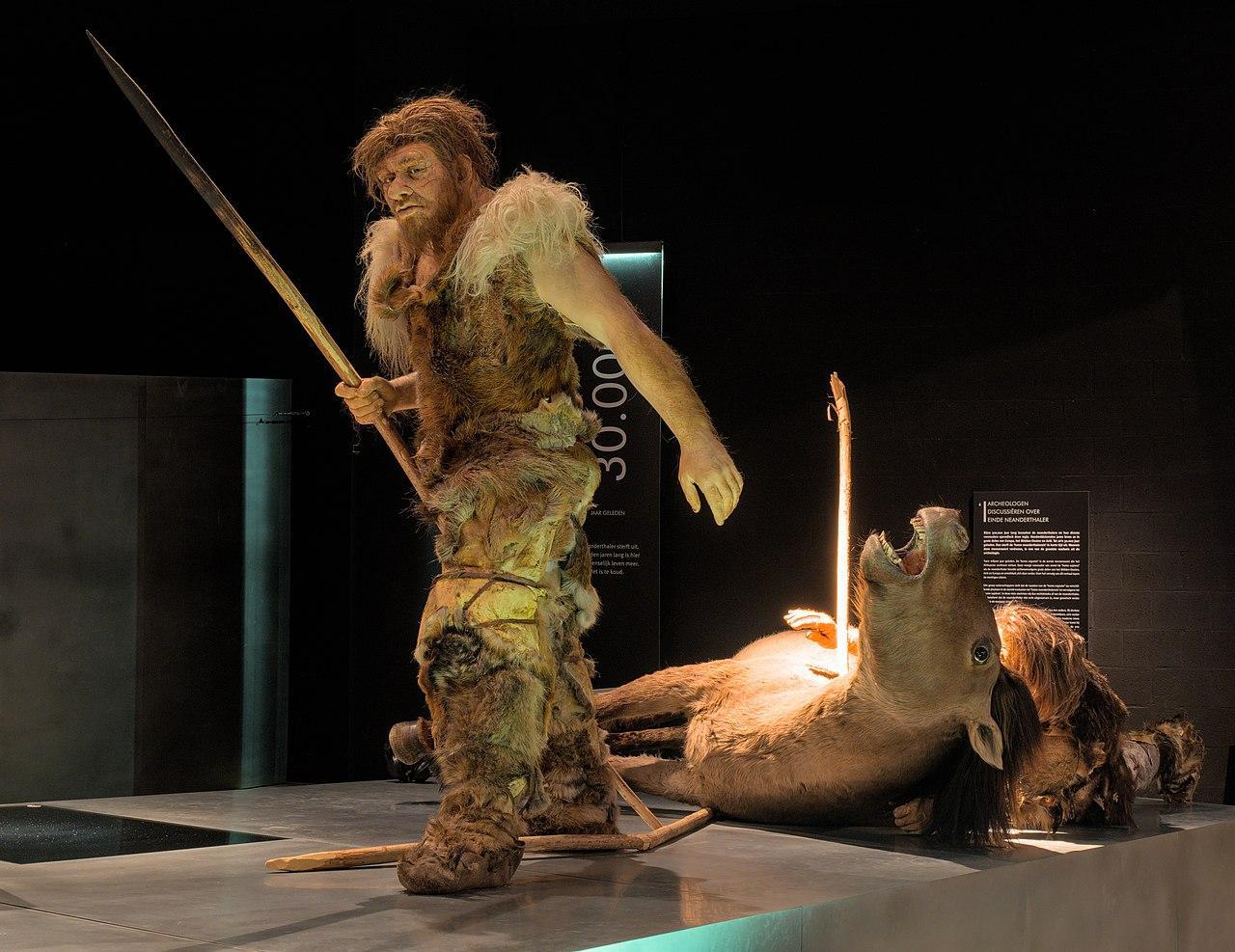
Source: Wikimedia
Further investigations can begin to paint a picture of what life was like for these early pioneers, how they lived, what they ate, and quite possibly what led them to the Americas in the first place.
The History of the Continent
Professor Willerslev opened up about the entirety of the research conducted at Chiquihuite Cave, suggesting it will have long-lasting implications for the history of the continent.
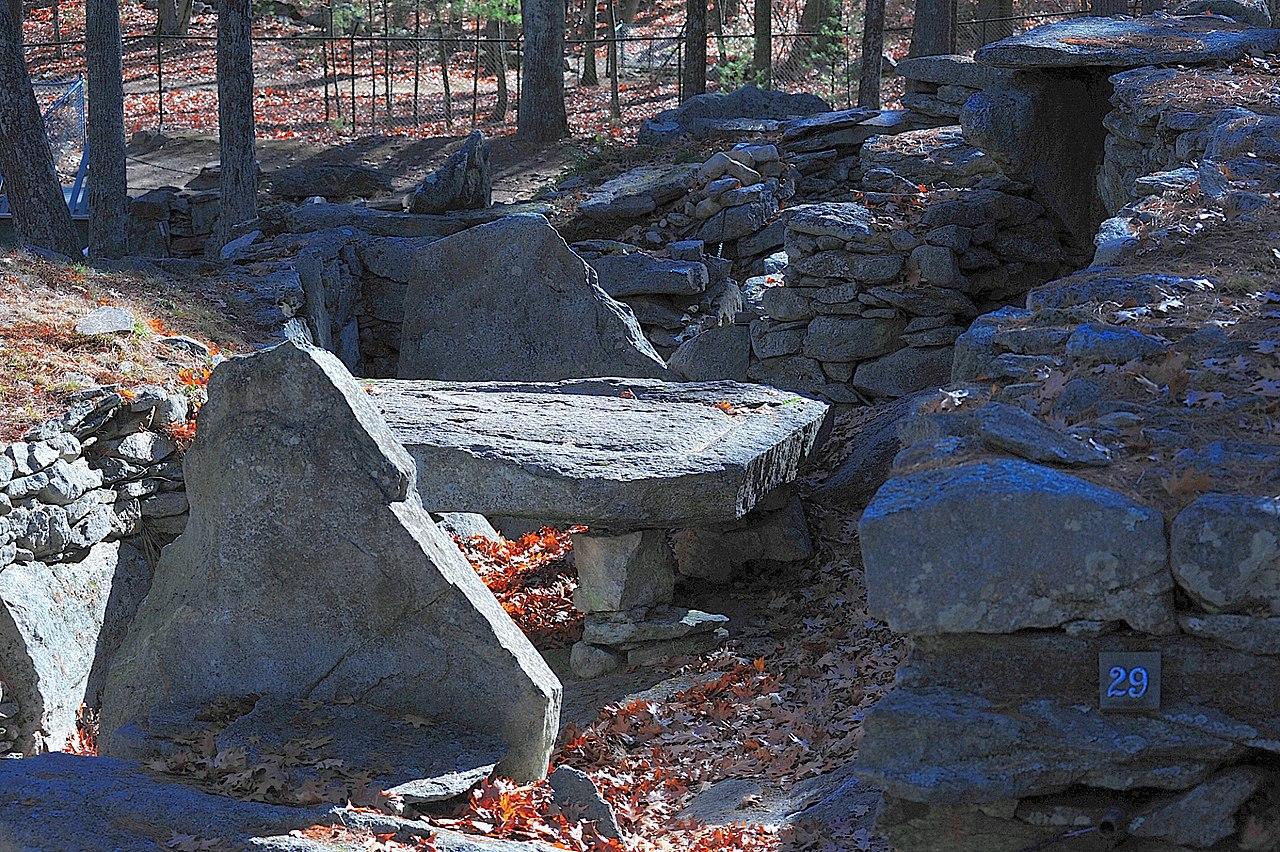
Source: Wikimedia
“I will never forget being part of this research, it was an unbelievable experience. The implications of these findings are as important, if not more important, than the finding itself. This is only the start of the next chapter in the hotly debated early peopling of the Americas,” he said.
